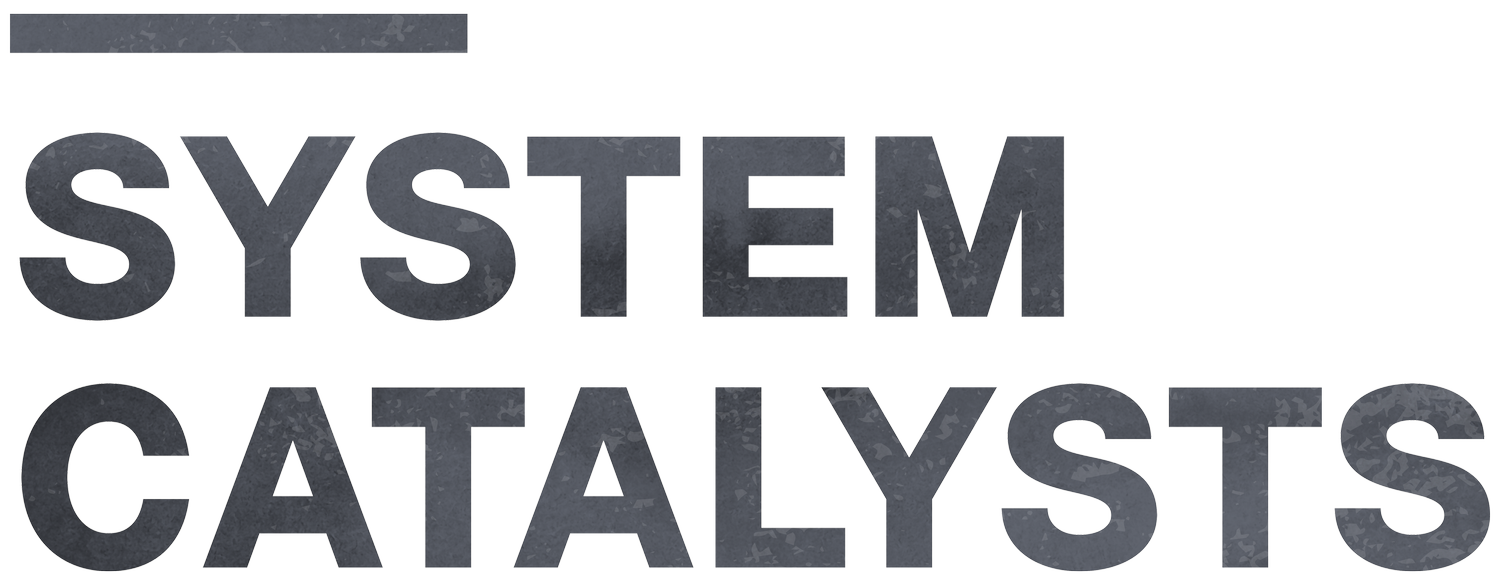Strategies On How to Start a Movement
In a world plagued by problems like social injustice, modern slavery, and healthcare inaccessibility, the need for systems change has never been more urgent. Yet, for many individuals, the prospect of building a movement to transform these systems can feel overwhelmingly daunting. The enormity of these problems can often leave us feeling powerless, wondering how one person could make a difference in facing such challenges. Despite the enormity of the challenges we face, many have shown us time and again that starting a movement to create lasting change is possible. These individuals recognize that no single person has all the answers or resources to solve these challenges alone, but that change happens through the cumulative efforts of many.
Drawing Inspiration From Change-Makers
So how does one successfully start a movement? Thankfully, we have people like Morgan Dixon, Marc Solomon, and Asha Curran who we can learn and take notes from. Dixon and her best friend, Vanessa Garrison, built a global movement of Black women by simply encouraging their community to walk together. GirlTrek’s bottoms-up approach truly put the movement in movement building, with over 1.5 million Black women committed to fighting the systemic racism killing Black women through the healing act of walking and self-care. By leveraging storytelling and community mobilization, Solomon drove national momentum around a movement that transcended political party lines. Freedom to Marry’s campaign to change the narrative led to the legalization of same-sex marriage. With GivingTuesday, Curran built a global movement centered on the radical act of generosity. By practicing what they preach, they share their solution and let their idea grow in the hands of others.
These leaders emphasize the importance of focusing on your community, mastering the art of storytelling an d persuasion to drive societal shifts, and creating a movement that moves without you. They demonstrate that movements are not driven by lone heroes but thrive on collective efforts and community engagement. By studying their approaches, we glean essential lessons on how to build movements that transcend boundaries, inspire action, and ultimately reshape the fabric of society.
How to Start a Movement: 3 Key Steps
Focus On Your Community
Building a lasting movement toward systems change often begins with a community-building approach. It’s about recognizing that real change starts from the ground up, where the lived experiences and voices of community members hold the key to unlocking transformative solutions. GirlTrek wanted to fix the systemic issue of Black women getting sicker and dying younger due to racial injustice. To accomplish this, they gathered their community members to walk together for 30 minutes a day, leading to a cultural revolution rooted in self-love. As Morgan Dixon said, “It is a powerful strategy for change, because when Black women walk, they talk. And when they talk, they begin to solve problems together.” Consider fostering spaces for dialogue, collaborative, and collective action. Community members can find solidarity, support, and shared purpose, creating a sense of belonging and empowerment that is a fuel for growth. By starting from the ground up, you can root your movement in a solid foundation that nurtures and propels your movement forward.
2. Master the Art of Storytelling and Persuasion
Learning to wield narratives can be a powerful tool for movement-building and inspiring action. Through compelling storytelling, advocates can illuminate the injustices embedded within systems, tapping into the emotions and values that resonate with their audience. As one of the key architects of the marriage equality movement, Marc Solomon had the daunting task of changing the public opinion on gay marriage enough to create institutional change. Solomon states, “Part of the gospel that I try to spread is the power of persuasion, of not shutting down conversation.” By focusing on human stories that resonate deeper than legal jargon, Freedom to Marry was able to use storytelling and persuasion to leverage the political process to affect federal change. Leverage narratives as powerful catalysts for growth and impact by sharing personal anecdotes, testimonies, and experiences that create emotional connections and inspire empahty. These stories serve as bridges, connecting people from diverse communities, fostering a sense of collective purpose. Mastering these skills can be a powerful strategy for engagement and mobilization that will grow your movement.
3. Create a Movement That Moves Without You
When you’ve successfully started a movement, how do you sustain and build momentum? Contrary to what it may seem, sometimes it’s letting go. When you’ve put your heart and soul into something, this idea of relinquishing control can seem scary. However, GivingTuesday knew that to allow their movement to snowball globally, it had to allow their idea to grow in the hands of others. As Asha Curran said, “The key thing is to create as many ambassadors for your idea as you possibly can and try to give it away.” Foster a culture of openness and collaboration, where resources, tools, and knowledge are freely shared. Additionally, empowering local leaders and communities to adapt and contextualize the movement to their own realities can ensure its relevance and effectiveness across different contexts. By relinquishing control and nurturing a sense of ownership among participants, movements can take on a life of their own, spreading organically and making a lasting impact on a global scale.
Conclusion
In the face of societal challenges, the need for movement building and systems change has never been more urgent. While the challenge may seem daunting, leaders like Morgan Dixon, Marc Solomon, and Asha Curran show that the key to building a movement lies in collective action. Their blueprint for effective movement-building emphasizes community engagement, persuasive storytelling, and creating movements that grow in the hands of others. If you’re looking to dive deeper into other movement-building tactics and learn from the experiences of catalysts around the world, listen to System Catalysts podcast. Through insightful interviews, System Catalysts goes behind the scenes on how to successfully build movements, cracking the code on how to make the world a better place.

